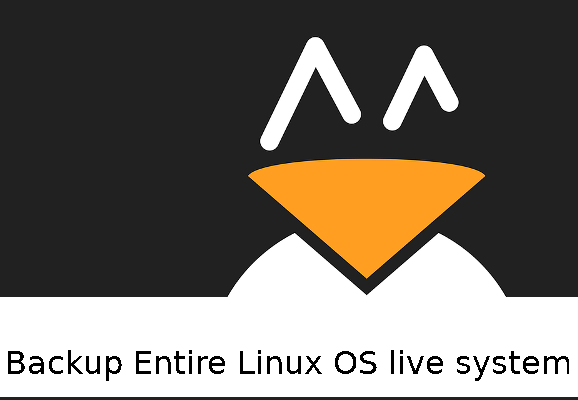
This is an old stuff that we UNIX / Linux sysadmins use frequently when we need to migrate operating system from a certain older machine server to another newer one.
However I decided to blog it as it an interesting to know to a new grown junior sysadmins.
To Create a bit to bit data backup with dd command,
the following command is used to create a backup with dd, which takes the entire data content (including partition table etc.) with it:
dd if = / dev / [hard disk 1] of = / dev / [hard disk 2] bs = 512 conv = noerror, sync
For explanation:
"if" stands for the hard drive to be read from.
"of" stands for the hard drive to be written to.
Important! if and of must not be interchanged under any circumstances! In the worst case, the data on the disk to be read will otherwise be irrevocably overwritten!
"bs = 512" defines the block size. The value can be increased (which in turn increases the speed of the backup), but you should be sure that the file system to be backed up does not contain any errors. If you were to use block size 64k, for example, the speed of the backup is increased considerably – but if read errors occur within this block, the entire data block that dd has written contains unusable data. Therefore, when choosing the block size, you should always weigh data integrity and time against each other.
"noerror" tells dd to continue the backup in case of errors. Without this option, dd would stop the backup by default.
"sync" commands dd to replace the unreadable blocks with zeros in the event of errors in order to keep the data offset synchronous.
When performing a backup (as with other things that a longer period can take advantage of, it is always recommended (if you SSH is logged in and no direct access to a real Shell), the process either for CTRL + followed from bg to the background (can later be brought back to the foreground with fg ) or to use virtual session managers such as screen or byobu before executing the command.This prevents the process from dying if the SSH session is unintentionally terminated and you have to start over.
Of course there are plenty of other ways to make a mirror backup cloneof a hard disk to lets say migrate to a new data center using easier to use tools with (ncurses) Text menu interfaces to avoid bothering a complex typing on the console.
One such tool is Partclon:

PartClone cloning in action
Another text menu interface data cloning Linux tool commonly used by sysadms is partimage

Most sysadmins however prefer to use Clonezilla when something more cozy is required to do a bit to bit data copy.
Tthere is even a Live Linux CD distribution for that.
Clonezilla can mirror most types of filesystems and partiontions and could be used not only for UNIX / Linux / BSD filesystems Live OS data (backups) (EXT3 / EXT4 / XFS / ZFS etc) migrations, but also for old NT4 Windows server partitions. One useful application of Clonezilla i can think of is if you want to configure or restore a whole office of Windows computers running on the same clean version of Windows and same hardware configurations PCs, after a Virus or trojan has striked it. By using it you can clone from a central well configured Windows release with the surrounding applications to all machines for up to an hour with Clonezilla and you can even do it over a network.
More helpful Articles

Tags: backup, entire, linux?, operating, partimage, system







